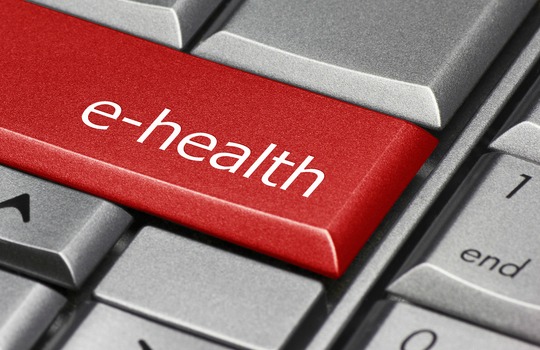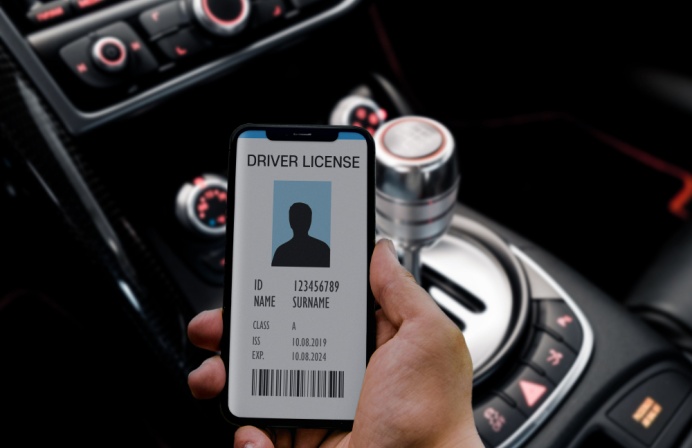
A $400 million funding package streamline e-health services over the next 10 years, under initiatives announced by NSW Minster for Health, Jillian Skinner. She is a keynote speaker at the FST Government NSW Conference being held Wednesday 18th May in Sydney.
Health Minister Jillian Skinner has launched a 10-year eHealth strategy to deliver smart, safe, sustainable and digitally-enabled care to patients. She launched the ambitious eHealth Strategy for NSW Health 2016-2026 in Sydney this week. The administration has allocated more than $400 million during its first term to support advances in technology and streamlined healthcare.
Implementation of the eHealth Strategy for NSW Health 2016-2026 will be supported by the eHealth NSW agency. The strategy can be viewed at this dedicated site and showcases major new initiatives across the healthcare system.
Minister Skinner, who is also a keynote speaker at the FST Government NSW Conference being held Wednesday 18th May in Sydney, said that by harnessing technology, the government has made NSW Health the most “advanced eHealth system in Australia.”
This funding supports ICT innovations across hospitals and health facilities. The goal is to deliver safer, higher quality, and more efficient healthcare, Minister Skinner said. The focus is on better coordinated care for patients, and a “patient-centred” strategy.
Minister Skinner noted that digital technologies are transforming the way that healthcare is being delivered. The uptake of digital services is being recognised around the world. “Since becoming Minister for Health it has been a particular passion of mine to make sure we harness the potential of such innovations in NSW Health.”
NSW began the digital journey with the NSW State Health Plan: Towards 2021. This set out a clear pathway for eHealth priorities and funding. The goal was to improve digital connectivity for a smart, networked health system. The Blueprint for eHealth in NSW (2013) further refined that vision, and establishe eHealth NSW as a designated organisation within NSW Health. This plan committed to a range of strategies, actions and programs for smarter healthcare right across the state.
The eHealth Strategy for NSW Health 2016–2026 builds on the blueprint and outlines a direction for NSW investment for the next decade. This strategy takes into account recent Whole‑of‑Government ICT strategies, and the latest advances in health technology. The policy directions include integrated care and improving the performance, quality and safety across the health system.
The latest strategy supports some of the largest hospital building and redevelopment programs. This initiative also guides investment in creating smart hospitals for the future, a connected health system and effective community‑based services in NSW.
The eHealth initiatives include:
- Electronic Medical Records (EMRs): This integrates patients’ diagnostic, medication and medical history into a single electronic record. This can then be shared across public hospital or health facilities as well as community band outpatient healthcare settings.
- The EMRs enhance processes of care and help reduce clinical risks and errors. The EMR systems now cover approximately 80 per cent of the NSW hospital bed base.
- Electronic Medication Management System (eMeds): This continues to be rolled out at NSW hospitals. Most recently, the Children’s Hospital at Westmead took the lead with offering fast, accurate prescribing and dispensing of medications. This has enabled potentially dangerous medication errors to be detected.
- HealtheNet: There are improvements to communication between hospitals, community and private healthcare settings. This is being done by sharing patient information electronically and securely through the HealtheNet Clinical Portal.
- Telehealth: This initiative addresses the challenges of distance for rural and remote communities. It complements face-to-face consultation, reduces travel time and improves access to specialists and advice. The use of mobile devices helps community nurses and remote families connect to expert care.
- Clinical Analytics: This blends advanced analytics with the huge volume of information that flows through healthcare organisations, converting it into useable, data-driven intelligence for improved safety, quality and outcomes.





